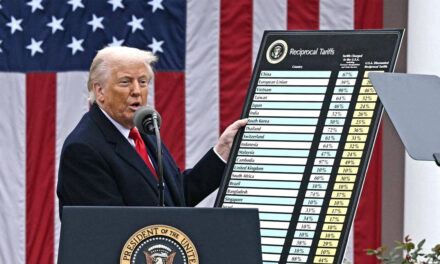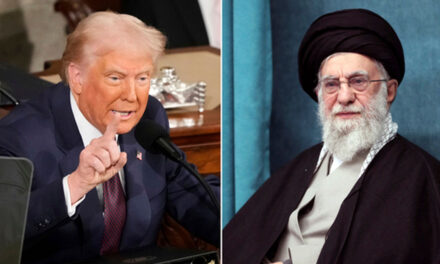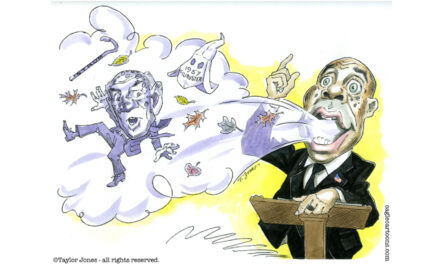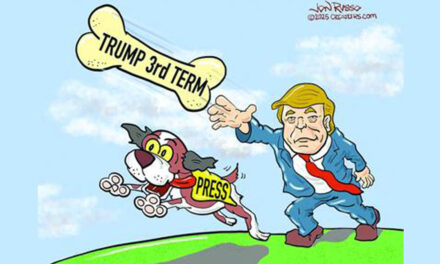
xxx Day 1 – The Saudi Equation
For more than half a century, Saudi Arabia and its partners in OPEC have ruled the oil market. However, despite years of market dominance, many economists believe Saudi Arabia is on the brink of financial disaster, with only two or three years until bankruptcy.
Slumping world oil prices meant that OPEC countries posted a combined current account deficit of just under $100 billion in 2015, compared with a surplus of $238 billion in 2014. According to the International Monetary Fund (IMF), low oil prices have had a devastating effect on Saudi Arabia, the richest oil producing country in the Middle East. Said to have over $700 Billion in cash reserves, their deficits are draining that reserve at a rate of $12 Billion per month.
Making matters worse, a series of US diplomatic cables from 2007-2009 that was released by WikiLeaks suggested that senior US embassy staff were warning Washington that Saudi oil reserves were potentially 40% less than stated by the most recent Saudi estimates.
“First, it is possible that Saudi reserves are not as bountiful as sometimes described,” the U.S. Consul General John Kincannon in Riyadh wrote to State Department officials in Washington. “The timeline for their production not as unrestrained as Aramco and energy optimists would like to portray.”

As if the oil crash and fears of an oil shortage weren’t bad enough, Saudi Arabia is also embroiled in the turbulent politics of the Middle East and is a breeding ground for terrorists. The kingdom has slashed spending and is scrambling to raise cash for security amidst painfully low oil prices.
Not helping the crisis for the Saudi Kingdom, the U.S., once OPEC’s top customer, is now the world’s top oil producer. Not surprisingly, America is abandoning its traditional role as guarantor of Middle East stability, which is very bad news for the Saudis, who have hitched their survival for 70 years to America.
With Saudi Arabia struggling to stay afloat and unable to continue meeting future oil demands, the United States has the ability to further its lead as the world’s number one oil producer. A Saudi Collapse would ensure a spike in oil demand and cost, and the United States is poised to take full advantage of the resulting financial boom.
Editor’s note: When I was a young officer in the CIA, a friend of mine was talking about a briefing he had attended with analysts attempting to determine the oil reserves of Saudi Arabia. They were looking at satellite imagery (a relative novetly at that time – more than 30 years ago).
An analyst was indicating certain geographic formations, saying “This is an oil formation, there are three of these and they contain xxx in oil reserves and those are our estimates for Saudi oil.” Another analysis looked that the image and said “There seem to be seven more formations just like them, what do you say about those?” The first analyst said “Our policy is that those are ‘unexplored’ formations, we don’t count them.”
This was my first indication of how vast were the Saudi oil resources, and this has certainly proven true over the years. Unfortunately even vast resources like these are finite.




























Why did Cory speak? In his own words: “So tonight I rise with the intention of getting in some good…
So what? He broke the fucking record for longest speech on the Senate floor, that's so fucking what. Seems like…
Yeah, like the tariffs will help break them apart. Sigh.
Just wondering if he had a Catheter on? So here is a Democrat who now holds some sort of record…
So why do you think this is something you need to write about since nobody cares? Need a bit of…